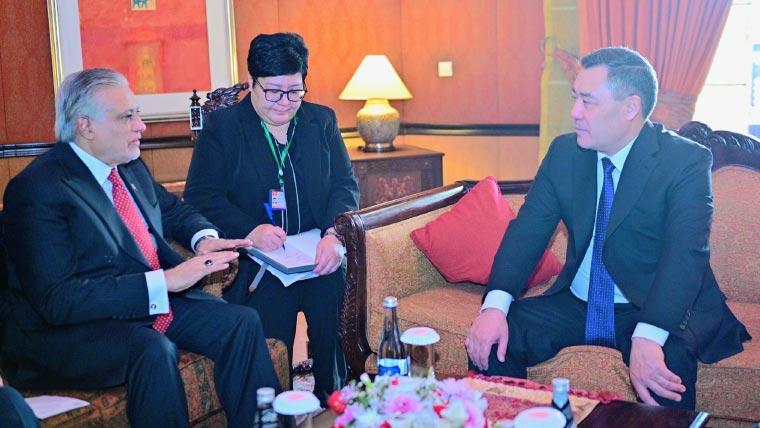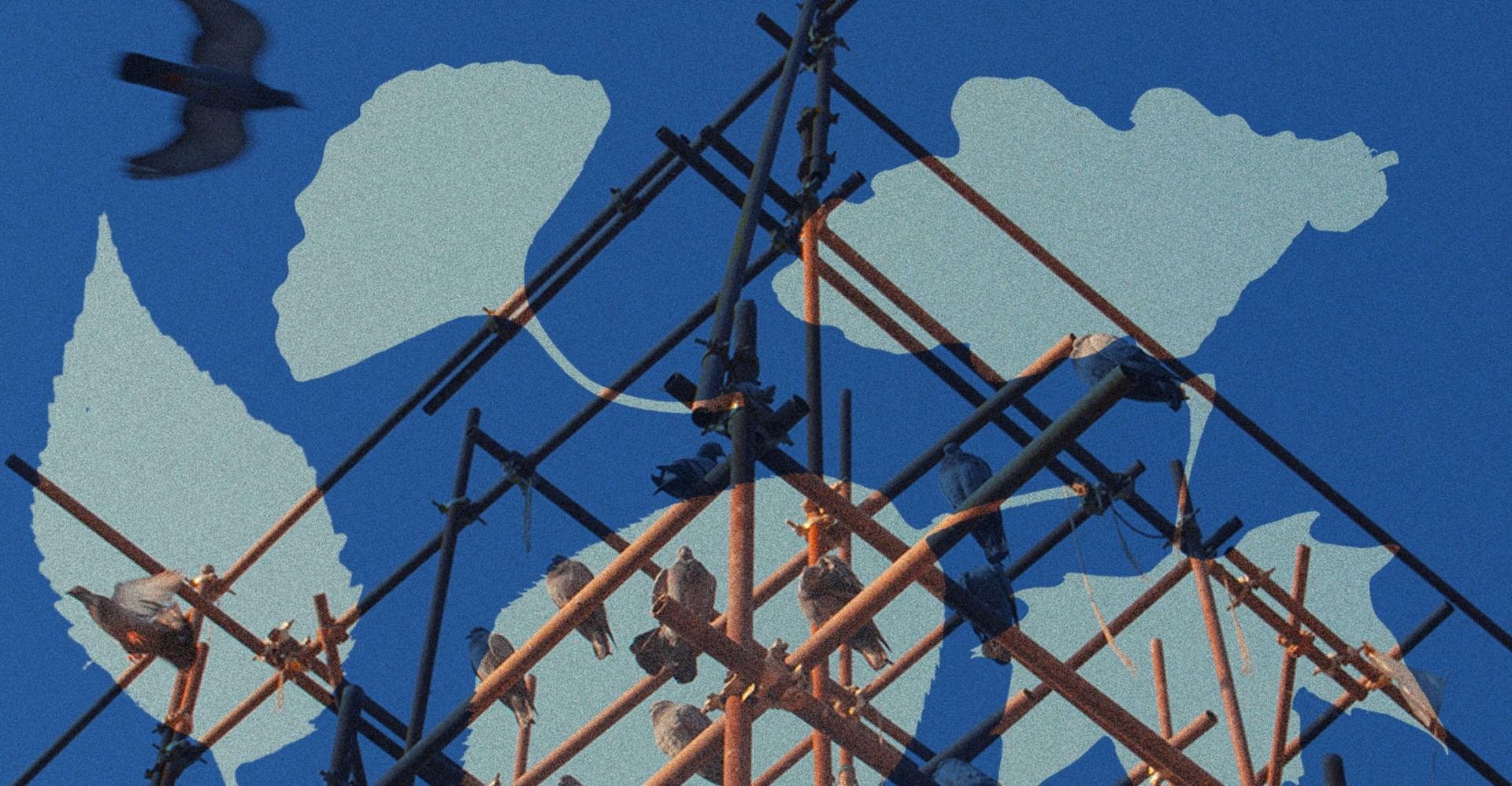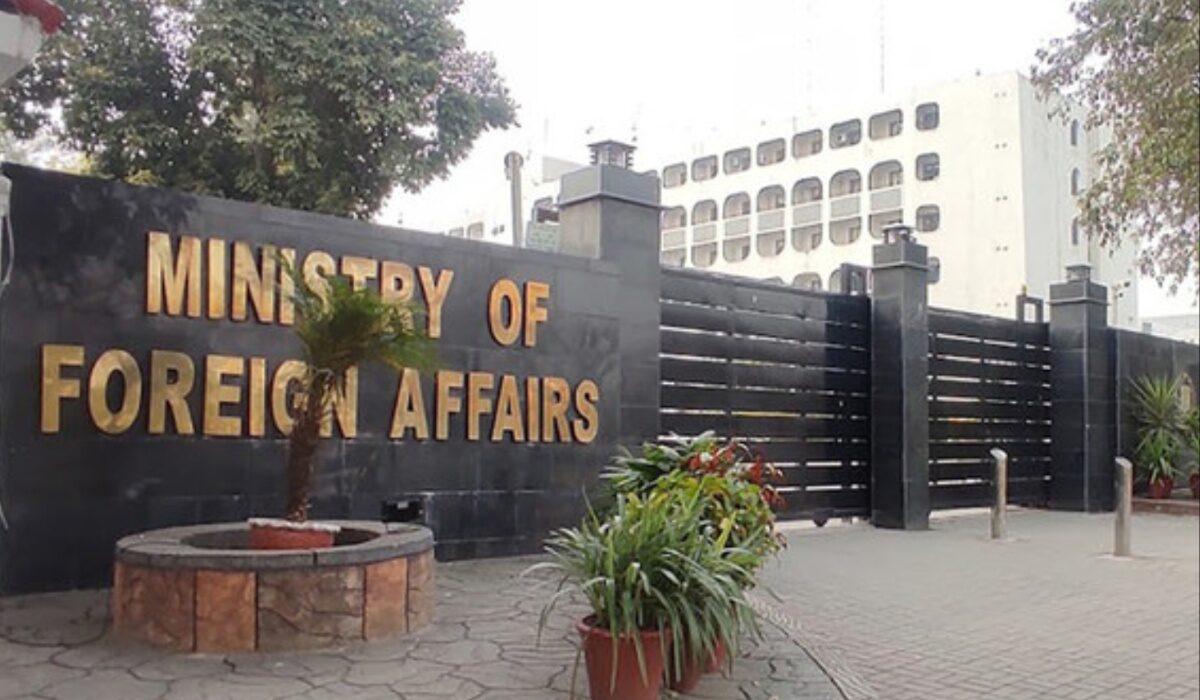The World Food Programme (WFP) has issued fresh alert that around 41 million people in 43 countries are at imminent risk of famine, with nearly 600,000 others in four countries already experiencing famine-like conditions.

In a statement on Tuesday, the United Nations agency said wars, climate change and economic shocks have been driving the increase in hunger while soaring prices for basic items compound existing pressures on food security this year.
“I am heartbroken at what we’re facing in 2021,” said WFP’s Executive Director David Beasley. “We now have four countries where famine-like conditions are present. Meanwhile, 41 million people are literally knocking on famine’s door.”
“I am heartbroken at what we’re facing in 2021” - @WFPChief on new data that shows 4️⃣1️⃣ million people knocking on famine’s door. ?
— World Food Program USA (@WFPUSA) June 22, 2021
“It’s just tragic – these are real people with real names.” Read the full release ➡️ https://t.co/cXY2S23bLV. #FightFamine pic.twitter.com/uBubc6uShw
Famine-like conditions are present this year in Ethiopia, Madagascar, South Sudan and Yemen, as well as in pockets of Nigeria and Burkina Faso, with 584,000 affected.
But Beasley warned against “debating numbers to death” as it happened in Somalia in 2011 when 130,000 people – half the eventual toll from starvation – had already died by the time famine was declared.
The WFP, which is funded entirely by voluntary donations, said it needs to raise $6bn immediately to reach those at risk in 43 countries.
“We need funding and we need it now,” said Beasley.
Increase in world food prices
After declining for several decades, world hunger has been on the rise since 2016, driven by conflict and climate change.
In 2019, 27 million people were on the brink of famine, according to the WFP, but since 2020, the COVID-19 pandemic has been added to the mix.
World food prices rose in May to their highest levels in a decade, UN figures show, with basics like cereals, oilseeds, dairy products, meat and sugar up a combined 40 percent versus year-ago levels.
Currency depreciation in countries such as Lebanon, Nigeria, Sudan, Venezuela and Zimbabwe is adding to these pressures and driving prices even higher, stoking food insecurity.
The WFP, which was awarded the Nobel Peace Prize last year, says about 9 percent of the world’s population, equivalent to nearly 690 million people, go to bed hungry each night.According to WFP, global maize prices have soared almost 90 percent year-on-year, while wheat prices are up almost 30 percent over the same period.
SOURCE: AGENCIES

Apple will reportedly refuse India’s order to preinstall a government app
- 17 hours ago

Spotify Wrapped 2025 turns listening into a competition
- 17 hours ago

Republicans ask the Supreme Court to gut one of the last limits on money in politics
- a day ago

Wooting’s 60HE v2 is a solid upgrade to the best gaming keyboard
- 17 hours ago

Dar meeting with the President of Kyrgyzstan: reaffirmation of commitment to strengthening bilateral cooperation
- 17 hours ago
Kiffin takes LSU job, won't finish year with Rebels
- 14 hours ago

The Case for Growth
- a day ago

PM Shehbaz approves appointment of Field Marshal Syed Asim Munir as COAS, CDF
- 11 hours ago
Bama wins Iron Bowl; to face Georgia for SEC title
- an hour ago

Pakistan, Kyrgyzstan vow to boost ties in diverse fields
- 17 hours ago
Texas jumps to No. 2 behind UConn in AP Top 25
- 14 hours ago
Projecting Tuesday's penultimate CFP top 12
- an hour ago








